After sacking Alfred Schreuder just before the end of the 2019/20 season, Hoffenheim were searching for a new head coach. And they found a young gaffer with experience in Germany’s third tier, Sebastian Hoeness. The 38-year-old was responsible for Bayern Munich’s second team and led the oldest team of Bayern’s academy to the league title in the “3. Liga“.
In our tactical analysis, we will look at Hoeness’ tactics at Bayern and at what he might adopt at Hoffenheim in the Bundesliga. In addition to that, we’ll take a closer look at Hoffenheim’s philosophy and whether it might match the one of Hoenes.
Hoeness’ Bayern tactics in the third division
At Bayern, Hoeness mainly utilised a 4-3-1-2 system with a diamond in midfield. His side enjoyed more possession than the opposition in most of the league games with an average of 57.35% through the campaign. However, Hoeness did not favour keeping the ball for too long without penetrating the opposition block and threatening the goal.
They looked to overplay defensive lines rather earlier than late and with their attackingsetup, they often had options between and behind the lines. The situation in the image below displays them overloading the space behind the opposition midfield line which was a common theme under Hoeness to facilitate ball progression.
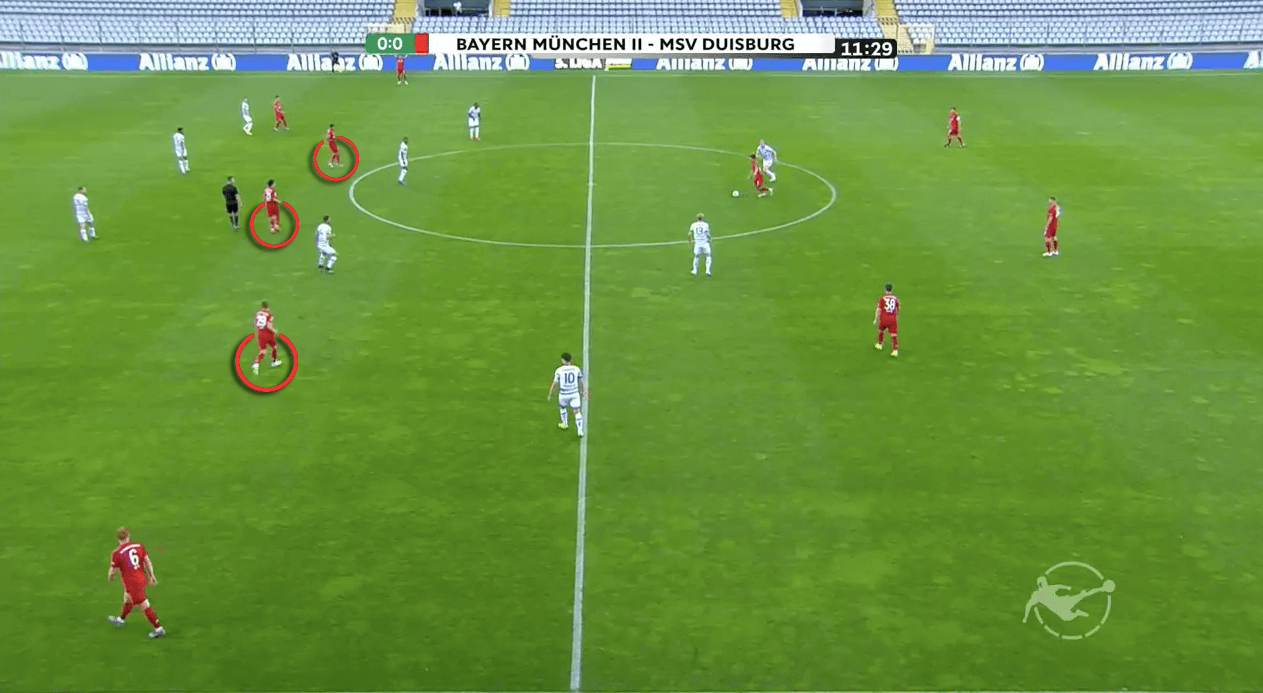
In order to play out from the back, the centre-backs keep their positions while the midfielders attempt to create an open man solution with rotational movements as shown in the image below. The midfielders switch positions while the centre-backs stay in the half-spaces.
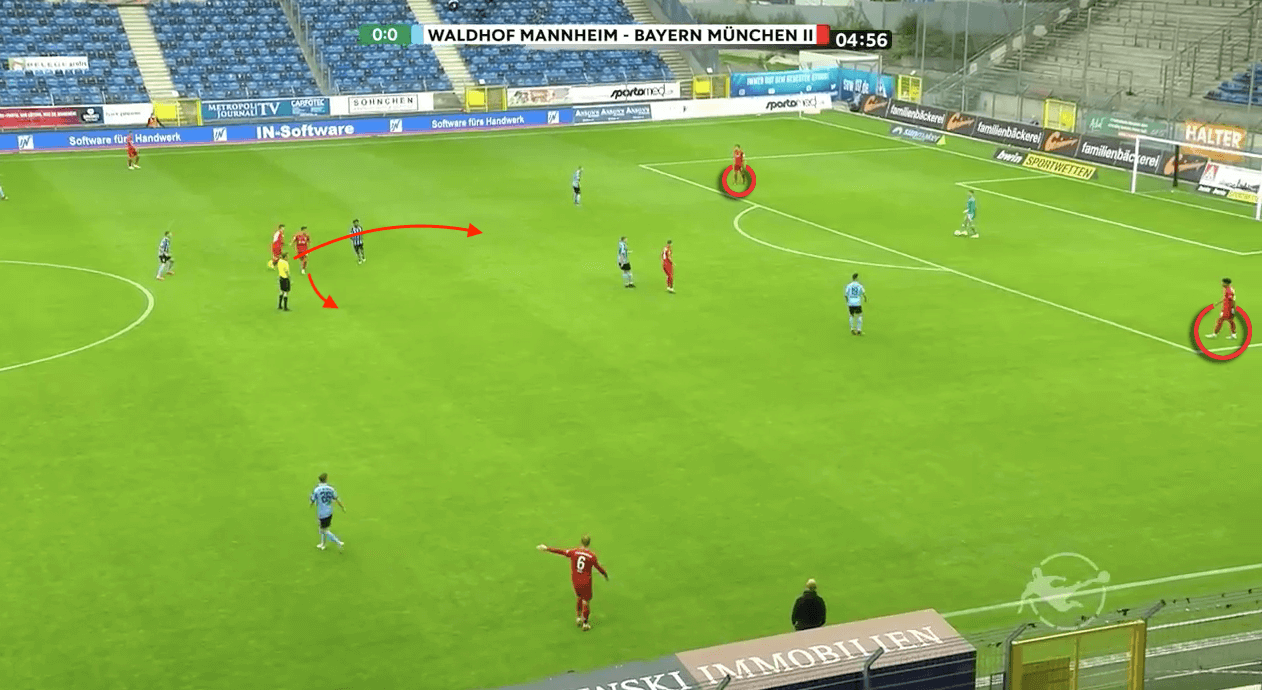
Due to the focus being on the central areas, they avoided to play out wide during the early build-up phase. And if the opposition could shut down all Bayern midfielders in a man-oriented way, they would overplay the midfield with chipped balls towards one of their attackers.
They would provide a narrow structure in possession and overload the half-spaces or the central channel. This would then force the opponent to shift towards the ball side which often allowed Bayern to switch sides where the ball-far full-back provided the required width.
If the opposition did not shift towards the ball to gain a horizontal compactness, Bayern exploited gaps within the opposition lines to overplay the opposition midfield and get into the space in front of the back line with the option to turn and drive forward facing the opposition goal.
Although their priority was to play through central areas, their attacking shape would also create space out wide, which Bayern occasionally utilised as well.
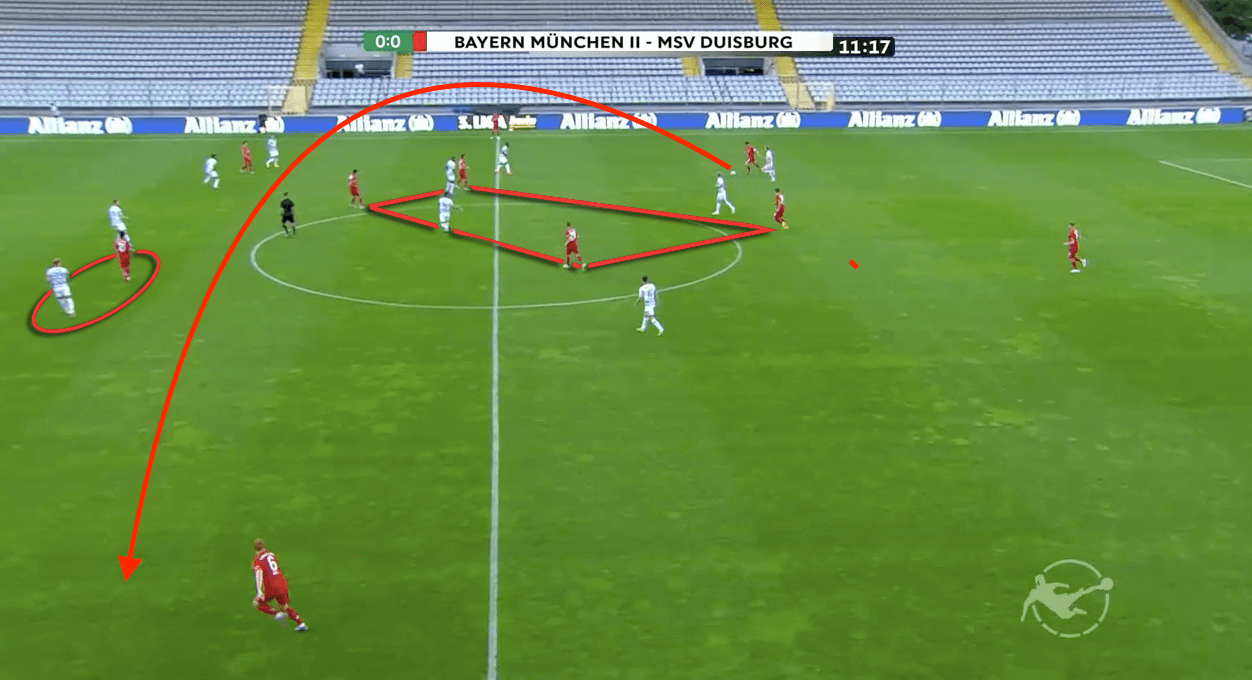
The picture above shows how they can play a diagonal ball towards their ball-far full-back as they occupy the opposition midfielders with their diamond.
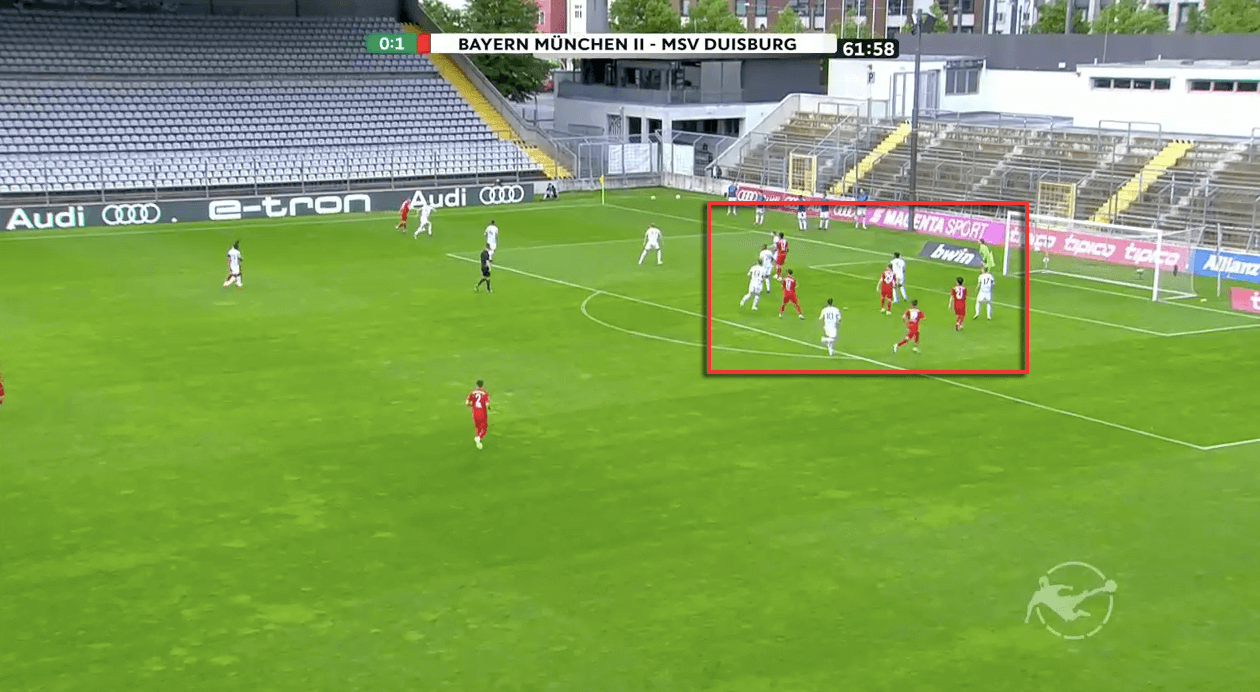
When the ball was out wide, their aim was to get it from the flank into a more central area again. This was done either with a cross into the penalty area that could be flooded with plenty of players due to their centrally focused attacking setup (as shown in the image above), or by opening up passing lanes into the half-space or the central channel. The latter goal was often achieved by deep runs of attacking players that dragged defenders with them. As a result, there were opportunities to play into the half-space or centre again.
Below, one can see two Bayern players running in-behind as the ball is out wide. That enables the ball-carrier to play a through pass into the half-space.
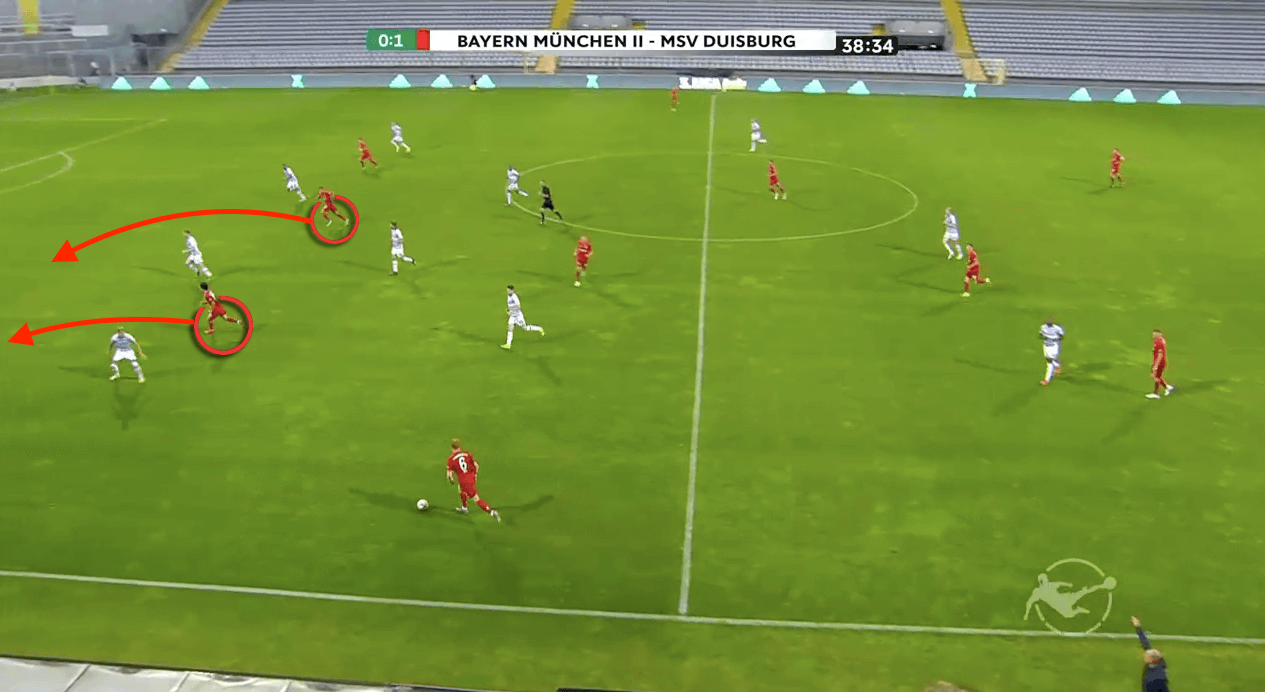
During the defensive phase, Hoeness’ team would prefer to press high up the pitch. Their 4-3-1-2 formation would transform into a 4-3-3 with the attacking midfielder moving between the two strikers. Their pressing structure is displayed below.
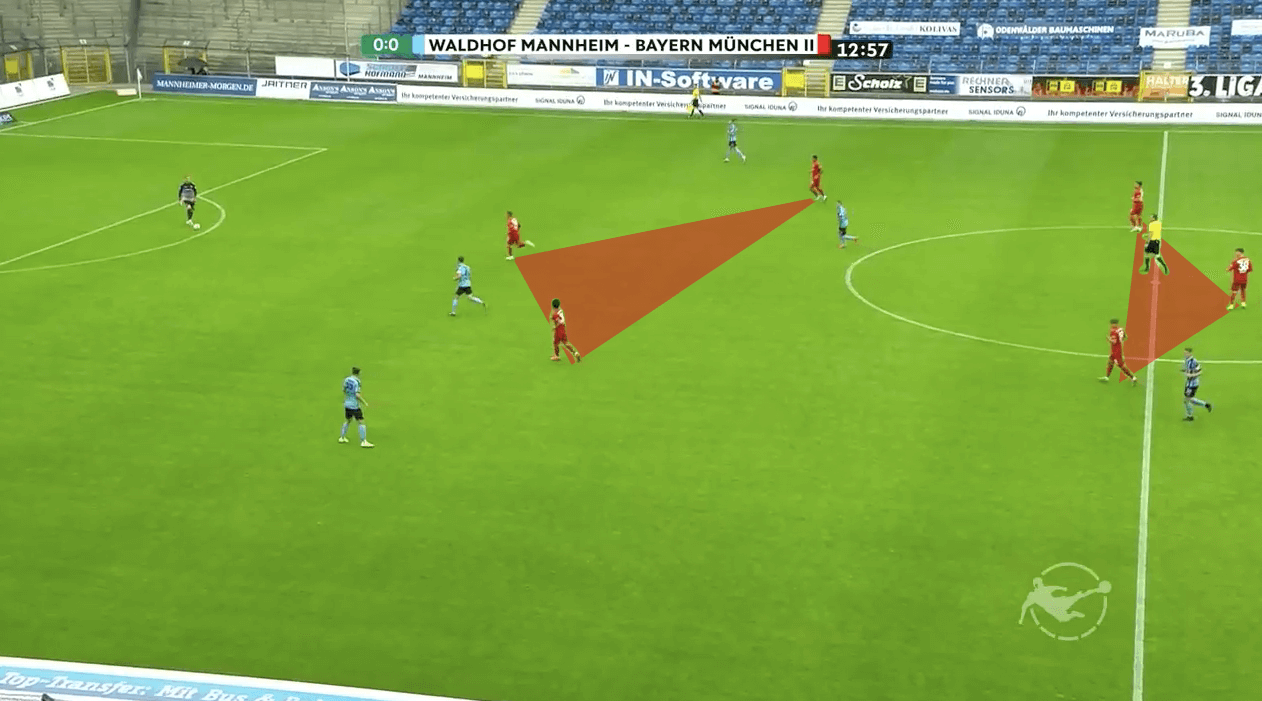
With their intense pressing, they were capable of forcing the opposition to play long balls. As a consequence, Bayern could dominate most of their opponents in terms of possession.
Their average PPDA value of 9.25 underlines their intensity during their press. With their midfield diamond, they would often close all options in the centre of the pitch. If the opposition played out wide, they would press the ball-carrier while still shutting down every single central passing option. In the end, most opponents played the ball long where Bayern’s defence were ready to collect it.
Hoffenheim’s philosophy
There were rumours why former Ajax coach Alfred Schreuder was sacked although they were competing for the international competition at that time. It seems that they were not able to find a philosophy for the future that both parties, the club and the coach, agreed on. But what do Hoffenheim stand for?
Hoffenheim is a club that was highly influenced by Ralf Rangnick. Under his reign, the club made it into the Bundesliga. They banked on a vertical style of play with quick counter-attacks and only as much width as needed. Furthermore, Julian Nagelsmann had a great impact at Hoffenheim as well. With his centrally focused positional play, the team surprised many spectators with attractive attacking football.
Comparing Hoffenheim’s philosophy to Hoeness’ style of play at Bayern, we can find some similarities. Hoeness’ attacking tactics resemble Nagelsmann’s positional play. Independent of the tactical formation, both Hoeness and Nagelsmann like to overload the areas between the lines and provide width just with one player per side. Like one can see in the image below (as a part of Patrick Mill’s match analysis), Nagelsmann’s attacking structure also relied on the occupation of the space between the lines as a vital component.
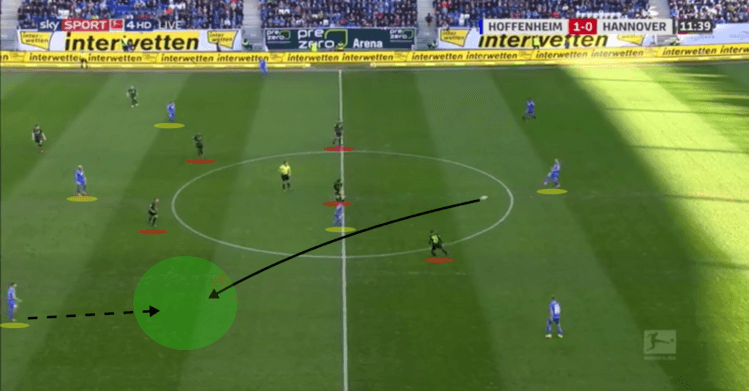
Last but not least, independent of the coach, one of their facets has always been the integration of young talented players with the goal of developing them to top players in the Bundesliga.
Hoffenheim’s potential and possible changes under Hoeness
In order to define Hoffenheim’s potential, we will examine their squad as well as their style of
play under Schreuder.
Although there might be things happening on the transfer market, Hoffenheim’s squad includes a variety of central midfielders that like to possess the ball and utilise their playmaking abilities. Florian Grillitsch is a key player on the pivot position with the ability to progress the ball but we will have to wait and see whether he stays at the club. Dennis Geiger can pull the strings as an advanced midfielder, and Christoph Baumgartner flourishes between the opposition midfield and defence. These players might benefit from Hoeness’ preference to attack through central areas. Especially the latter one also likes to join the box late to get into a good shooting position as you can see in the image below from Thanoshaan Thayalan’s scout report. Something that we’ve also seen from playmaker Sarpreet Singh at Bayern.
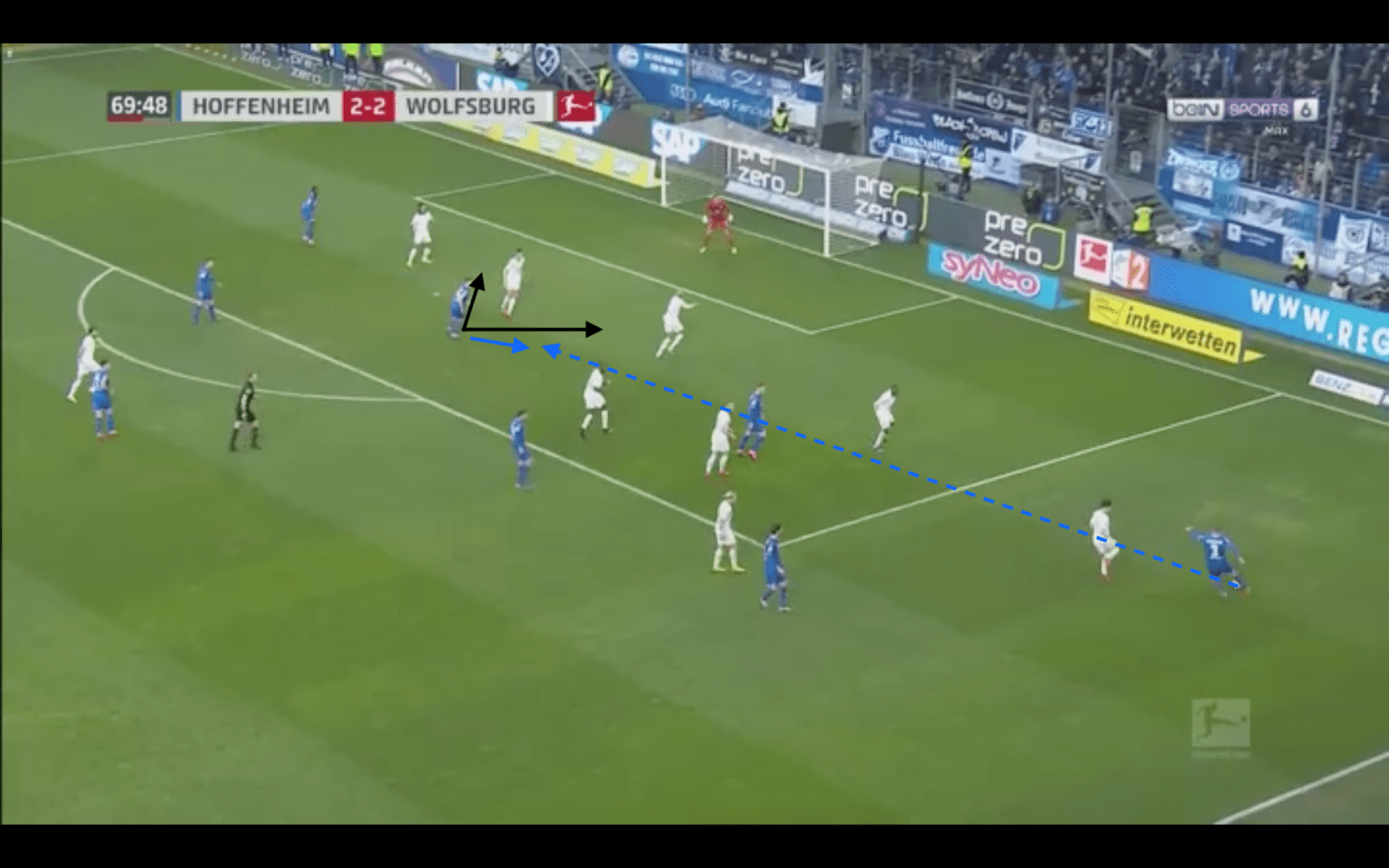
Up front a variety of different striker types will enable Hoeness to line up an attacking duo that is able to move into wider areas, threaten the space behind the back line, and act as a target-man for crosses in the box. For the full-back or wing-back positions, Hoffenheim will not have to worry about their rightside. In Pavel Kaderabek, they have a reliable option on that side. No matter whether playing with a back three and wing-backs or with a back-four and full-backs, Kaderabek can play on both positions on the right side. Robert Skov, one of the usual wingers, recently played as a left wing-back. Depending on the tactical system, Skov might continue playing this role, or Hoeness might look for an alternative solution.
And on the centre-back position, Stefan Posch, Benjamin Hübner, and Kevin Akpoguma are all familiar with a philosophy that includes playing out from the back. A factor that can become important when Hoeness wants to implement a similar build-up play approach as the one he utilised at Bayern.
Taking a look at the defensive style of play, under Schreuder Hoffenheim pressed less intensely compared to the seasons before. Whereas their PPDA value has always been below 10, except for the average of 10.15 in 2015/16, Schreuder’s Hoffenheim had an
average of 11.61 passes per defensive action allowed. That means that Schreuder’s side pressed with less intensity and set up in a mid-block more often. With regards to Bayern’s pressing intensity under Hoeness, this might well change under the
reign of the new manager. We might see Hoffenheim pressing with high intensity more often again. The main difference, however, will be that the pressing needs to be used as a tool to create counter-attacking opportunities whereas his Bayern side mainly used the pressing to regain possession and increase the dominance.
Conclusion
As shown in our analysis, Hoeness will have a Hoffenheim squad with several similarities with his recent team at Bayern. They are technically gifted and possess the abilities to play through central areas. Moreover, the club’s philosophy fits Hoeness’ tactical style.
Nevertheless, it is difficult to tell whether he will play with the exact same style at Hoffenheim that he used at Bayern. In terms of attacking dominance, Hoeness had excellent preconditions at Bayern with the most valuable squad in the league. At Hoffenheim, he will not have the best individual players of the league. But Hoffenheim also bank on young talented players and that is something Hoeness is already familiar with.

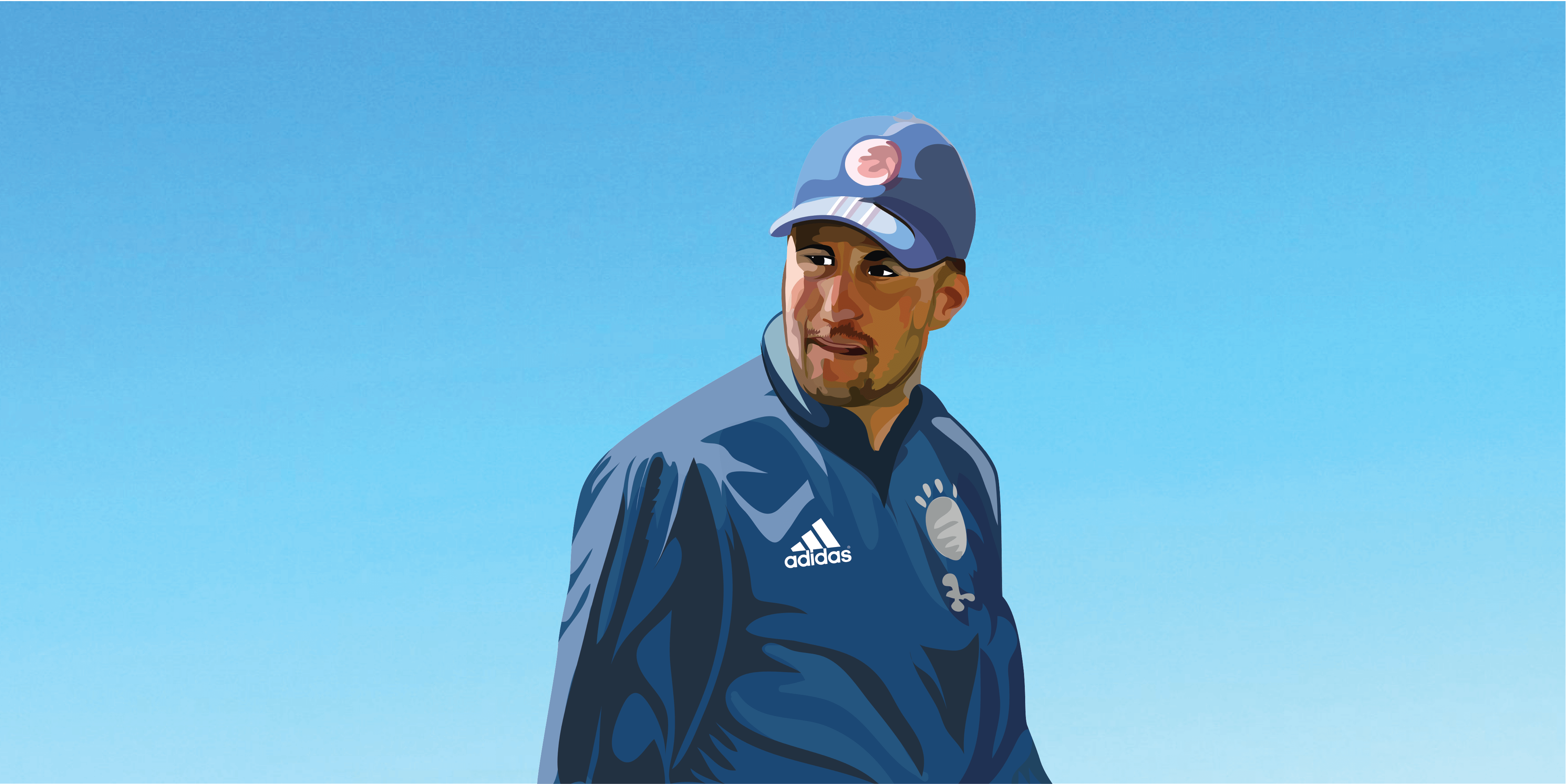



Comments